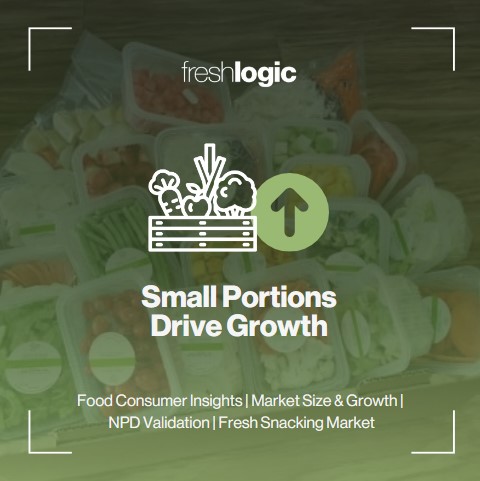In a market where every slice counts, the tomato category stands tall, with a retail market value of $1.25B, approaching $600m (48%), generated by smaller-sized and portioned tomato product. Astute growers, wholesalers, marketers and retailers now understand this opportunity and have built supply chains and expanded the sales of these sorts of products. This has included the likes of cut leaf salads, snacking tomatoes, snacking cucumbers, 2 and 3-pack head lettuce, baby potatoes, broccolini, baby carrots, celery pieces, and perhaps one day in the next 50 years, Australia will produce a 500gm rockmelon.
The potential for smaller portions varies across fresh categories. Vegetables enjoy higher scope, due to flexibility to alter the product form enabling as easy transition to smaller portions. Conversely, Fruit, with its relatively fixed product form, the options are restricted to smaller grades of product.
There are several market settings and aspects buyer behaviour indicate the resilience of demand for smaller portions. They include;
- Smaller households buy less food more often, as over 20% of household are now homes to only one person. These households prefer smaller portions as it suits their lifestyle where they tend to not plan meals more than 2-3 days ahead and eat out more often.
- Household frequency of retail food shopping trips has increased to an average of 2.8 per week, according to Freshlogic’s Mealpulse Panel data. The higher frequency of shopping means that smaller quantities are purchased with each shop.
- The aversion to home waste serves as a catalyst for the rise of smaller portion sizes. Fuelled by heightened environmental consciousness and economic pressures, consumers are increasingly inclined to opt for smaller portions to minimise waste. 61% of shoppers, as per Freshlogic’s Mealpulse food panel insights, express a willingness to purchase smaller portions if it reduces household waste.
- Commercial gains have fuelled momentum categories that have responded to this demand with expanded product ranges to accommodate smaller portions, have seen value propelled and a win-win scenario for all stakeholders involved.

Coexistence of Varied Portions
There continues to be a demand for larger portions due to their superior value in terms of cost per kilogram. This demand is predominantly driven by households with larger consumption needs, who may not shop as frequently or have the flexibility to explore different options.
While mainstream supermarkets adeptly cater to the needs of frequent ‘top-up’ shoppers, larger portions shoppers are finding their way to greengrocers and local markets. This is reflected in the average purchase quantity for hard cooked vegetables from greengrocers and markets, which is 25-30% higher than the same products purchased at supermarkets. Source: Freshlogic DocketData.
This pattern signal underscores the opportunity for tailored product offerings across different retail channels, particularly considering that greengrocers and markets collectively command approximately 20% of the retail market share.
Unlocking Opportunities
There are compelling drivers at play – a growing aversion to waste, increased shopping frequency, and the prevalence of smaller households. Consumers no longer desire excess, especially when it comes to perishables like whole watermelons.
There’s an opportunity to seize the potential within your category. We have the insights to support you, from analysing sales mixes to identifying leading categories and successful product attributes. Organise a Discovery Call or Contact Us with us to help us better understand your needs and how we can help you. You may also choose to review our range of Services.
Stay ahead of the latest trends and insights in the fruit and vegetable supply chain—subscribe to our weekly newsletter today.

